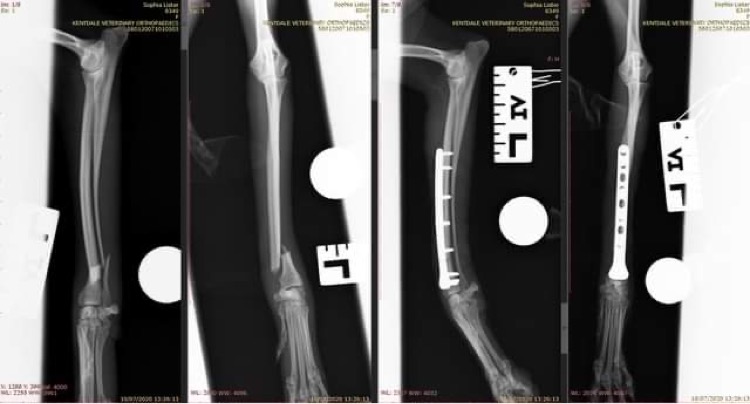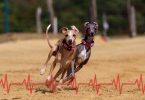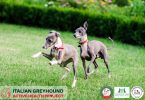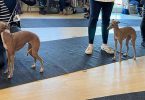Broken legs in Italian Greyhounds are unfortunately common and, for Orthopaedic Veterinary Surgeons, treating leg breaks is routine.
When an Italian Greyhound fractures a leg, X-rays or a CT scan are performed to assess the broken bone and plan the treatment.
Many Vets will refer you to an Orthopaedic Surgeon at a Specialist Referral Hospital. They will however, give your Italian Greyhound sedation, painkilling treatment and apply a support bandage to prevent further damage and make your dog as comfortable as possible until the surgery is carried out.
Depending on the type of fracture, different forms of treatment might be recommended. Most are best treated with an operation. This allows the broken bones to be re-aligned and stabilised.
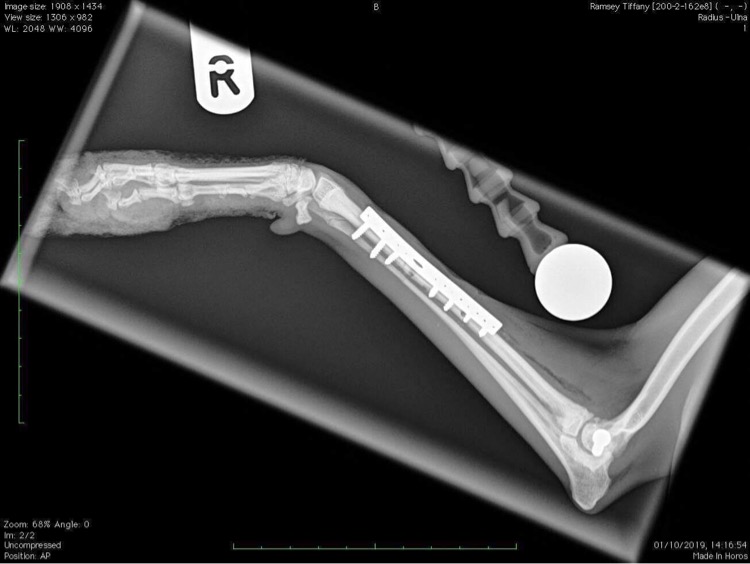
Options for stabilising the bones include bone plates and screws, the most common form of treatment for Italian Greyhounds, or pins that are placed inside the bone or the less usual external frames that are connected to the bone using pins going through the skin.

Casts are rarely used these days as the resulting repair is not as good as using plates. This x-ray shows a bone that is bent as a result of a non-surgical repair, the leg only had a cast applied. This is common in breaks that are not surgically repaired.
Some fractures are relatively straightforward to manage, others are very complex, necessitating considerable orthopaedic instrumentation, implants and expertise. Insurance for young Italian Greyhounds in particular is a must as surgery is expensive and can run into thousands of pounds.
What aftercare is needed following fracture surgery?
Following surgery, most Italian Greyhounds are relatively comfortable, they must be confined to a pen or crate and must only be taken out for toileting when on a lead, walking slowly and never be allowed to jump, or attempt stairs whilst convalescing. It is a good idea to stay home with your dog initially, or ensure someone is with them as they may become agitated when in pain, causing them to move around and nibble their dressing.
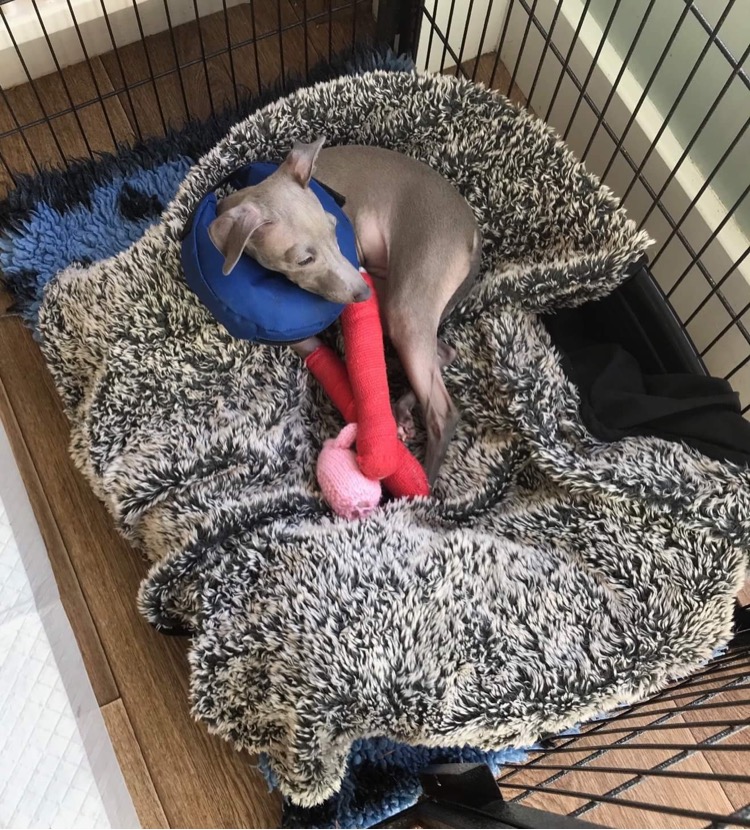
Antibiotic and pain medication will have to be administered, to prevent infection and help the healing process. A common liquid painkiller/anti inflammatory – Loxicom or Metacam may be prescribed; Italian Greyhounds can have a bad stomach reaction to this drug, in which case liquid paracetamol prescribed by your vet is usually a good alternative. It is vital that you follow the post surgery instructions given by your Vet and that all follow up appointments are adhered to. Some Vets apply bandages following surgery and these must kept clean and free from moisture to minimize the risk of infection. It is normal to X-ray the fracture site 4 – 6 weeks after surgery to ensure that all is well.
Find low impact ways to keep your Italian Greyhound mentally stimulated, such as rubber toys stuffed with treats or provide chews to relieve the boredom.
There are a number of factors, which determine how fast the bone calcifies, whether the Italian Greyhound is a puppy or an older adult, lack of exercise prior to injury, poor nutrition, severity of the fracture, infection and excessive movement cause a delay in healing.
Generally it will be at least 12 weeks before you can begin to think of letting your Italian Greyhound off the lead and even then great care needs to taken.
Most Vets will leave a plate in place, occasionally if the body rejects the plate or screws become loose it will have to removed. If this happens great care needs to be taken for a number of weeks as the bone will be weak where the screw holes have been until it recalcifies.
Despite best efforts, any fracture surgery can carry a risk of problems and complications. These can include infection, poor bone healing and implant breakage.
What is the Outlook following fracture Surgery?
With correct planning and in the hands of experienced surgeons, the outlook for healing of most fractures is very good. The majority of Italian Greyhounds regain excellent use of their broken limb and can enjoy a normal quality of life.
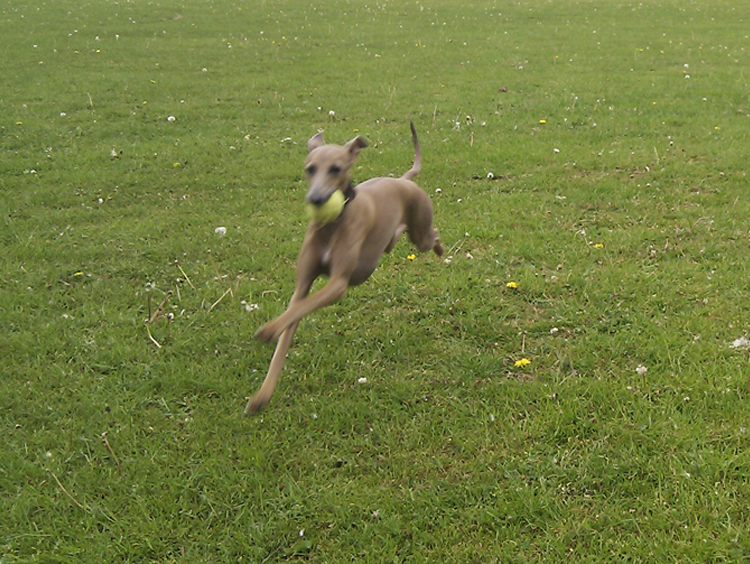
Amputation is therefore only to be used as a last resort, when other methods have failed, which is an uncommon occurrence.
While the treatments for broken legs in Italian Greyhounds are routine, the individual case and aftercare will not always be the same. It is extremely important to follow the advice of your Orthopaedic/Veterinary Surgeon, as they know your dog’s individual case. You will read and receive lots of differing opinions and advice within the Italian Greyhound community and online forums; if you are unsure or concerned about anything, discuss it with your Orthopaedic/Veterinary Surgeon. If necessary, seek advice from another Orthopaedic/Veterinary Surgeon, rather than that of someone you meet in person or on social media. If necessary, contact the Italian Greyhound Rescue Charity for knowledgeable, experienced, and impartial advice.


